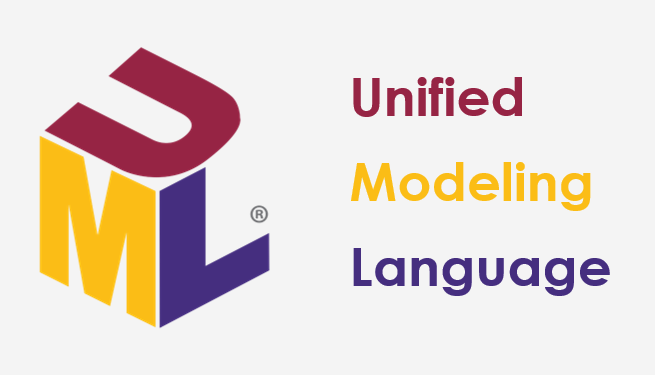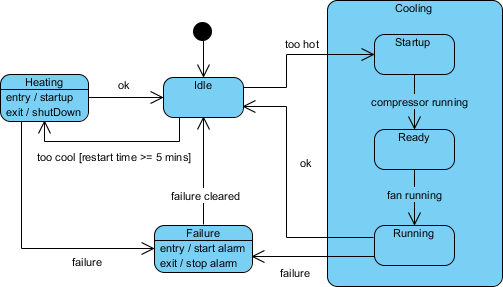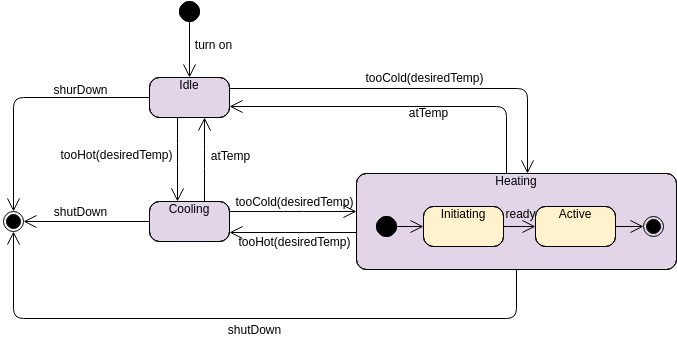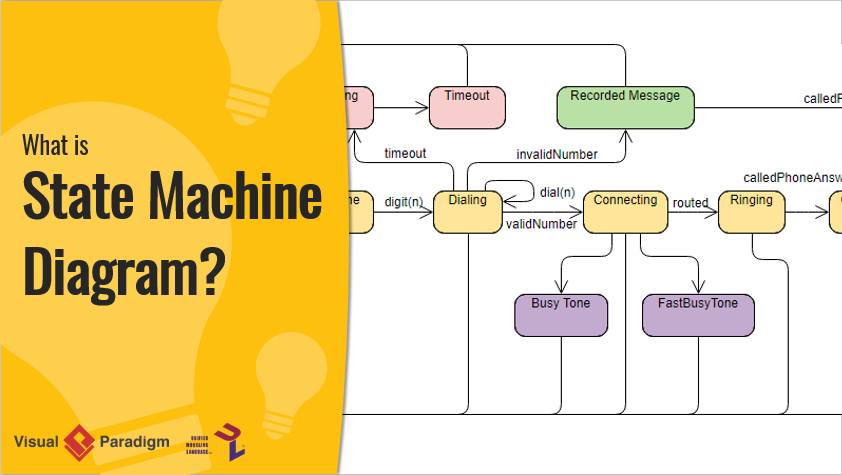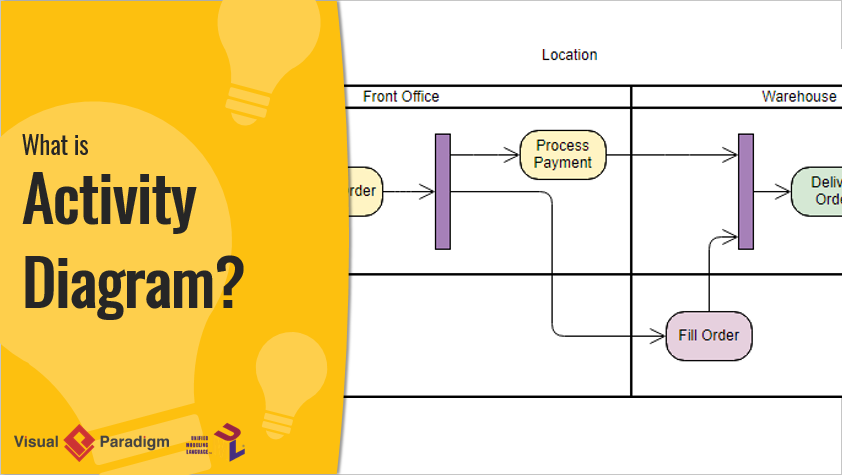The Unified Modeling Language (UML) was developed to create a common visual modeling language for the architecture, design, and implementation of the structure and behavior of large software systems.UML has applications outside of software development, such as industrial processes. This is an introduction to UML. You will learn what UML is, what the history of UML is, and a comprehensive description of all UML diagram types.
Continue reading